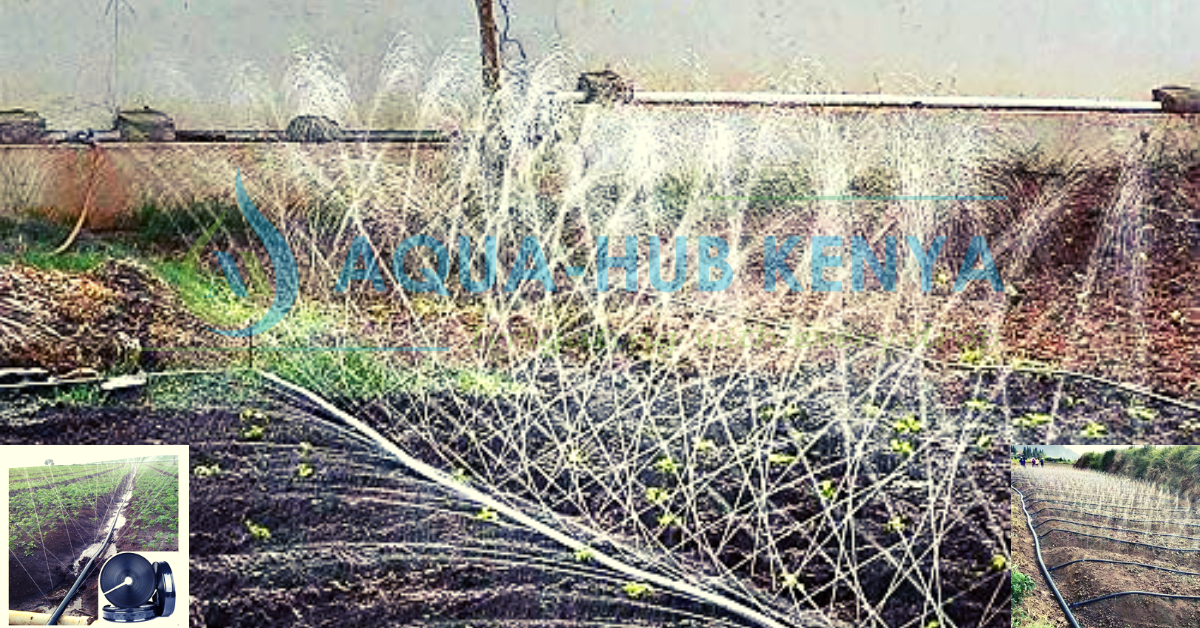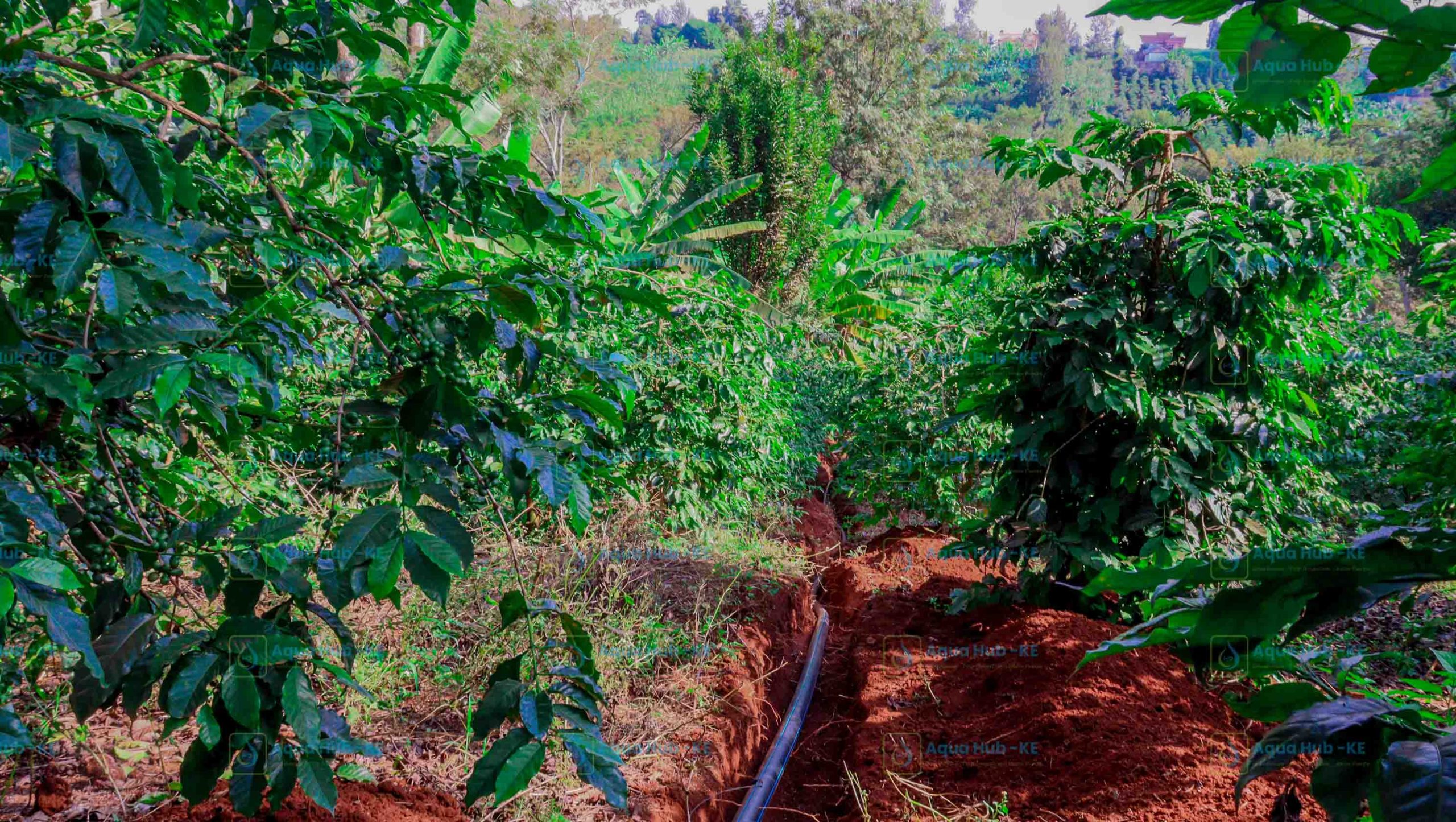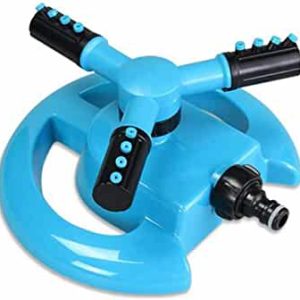Aqua Hub provides you with the most affordable rain hose irrigation in Kenya. The price for our rain hose irrigation systems ranges from Ksh 3,400 to Ksh 5,500. The price of rain hose irrigation depends on various factors. The factors include the size of the farm, the type of soil, the availability of water, and the cost of labor and materials. Our rain hoses are the best and of high quality. Get affordable rain hose irrigation in Kenya from Aqua Hub.
What is rain hose irrigation?
Rain hose irrigation is a type of irrigation that involves the use of hoses or tubes to deliver water to plants. The water is typically delivered through small nozzles or emitters. This release it slowly, allowing absorption by the soil and roots of the plants. The system is designed to distribute water evenly over a large area, such as a field, garden, or lawn. Rain hose irrigation systems can efficiently and effectively water large areas. Especially in areas where natural rainfall is insufficient or inconsistent. However, it is important to use water efficiently and avoid overwatering. This is because excess water can result in waste and lead to soil erosion and nutrient leaching.
What is the cost of rain hose irrigation in Kenya?
The cost of rain hose irrigation depends on a number of variables, including the size of the farm, the soil type, the water supply, and the cost of labor and supplies. In general, installing and maintaining irrigation systems may be expensive. However, if they are correctly planned and maintained, they may also be economical to water crops. Our rain hose irrigation systems cost between Ksh 3,400 and Ksh 5,500.
| Size | Length | Price (Ksh) |
| 32 mm | 50 m | 3,400 |
| 40 mm | 50 m | 4,700 |
| 50 mm | 50 m | 5,500 |
What is the importance of rain hose irrigation?
Rain hose irrigation can provide a number of benefits, including:
- Efficient water use: Rain hose irrigation systems can help to conserve water by applying it directly to the roots of plants, where you need it most. This can help to reduce the amount of water wasted through evaporation or runoff.
- Increased crop yields: Proper irrigation can help to ensure that crops receive an adequate supply of water, which is essential for their growth and development. This can result in increased crop yields and improved crop quality.
- Ease of use: Rain hose irrigation systems are relatively easy to install and operate, making them a convenient option for farmers and gardeners.
- Flexibility: Rain hose irrigation systems can be easily adjustable to meet the changing needs of different crops or soil types. They can also water specific areas or plants, allowing for targeted watering.
- Reduced labor: Rain hose irrigation systems can reduce the manual labor required for watering, freeing up time for other tasks.
What are the characteristics of rain hose irrigation?
- Coverage area: Rain hose irrigation systems can water large areas, such as fields or lawns, or smaller areas, such as gardens or greenhouses. The coverage area of a system will depend on the size and number of sprinklers and the spacing between them.
- Water application rate: The water application rate refers to the amount of water applied to the soil over a given period. Rain hose irrigation systems can be adjustable to apply water at different rates, depending on the needs of the plants and the soil conditions.
- Water distribution: Rain hose irrigation systems are designed to distribute water evenly over the watered area. Several factors affect water distribution, such as the type and size of sprinklers you use, the spacing between them, and the pressure of the water you apply.
- Water efficiency: Rain hose irrigation systems can be designed to be water efficient, using techniques such as drip irrigation or micro sprinklers to apply water directly to the roots of plants, where it is needed most.
- Automation: Rain hose irrigation systems can be automated using timers or sensors, which can help to ensure that plants receive the optimal amount of water at the right time. This can help reduce the risk of over- or under-watering and improve the system’s efficiency.




